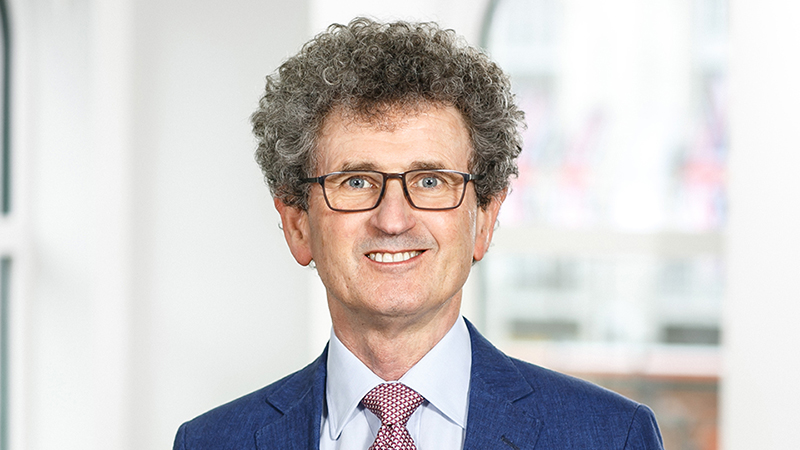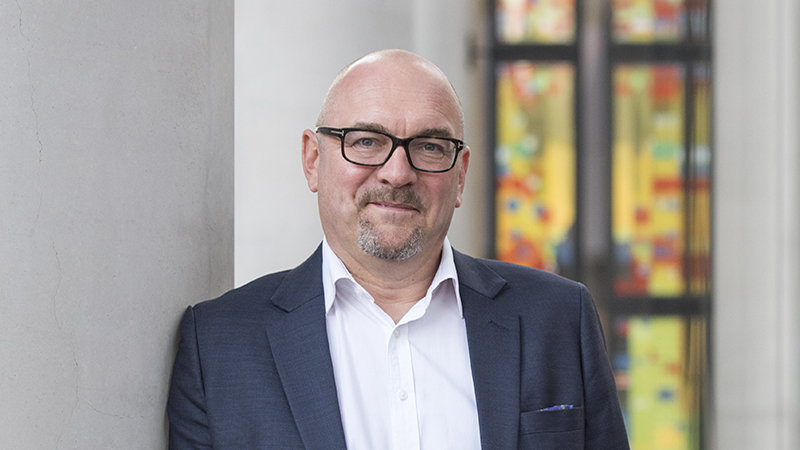Yet during May they – certainly if ‘they’ are new investors to the market – found that risk assets also failed to provide the positive returns they craved and have dropped by as much as 5% from their post-financial crisis highs.
Liquidity hunt
Part of this is explained by investors building up their own source of liquidity by selling off their risk assets as QE2 comes to an end. Even money market funds are being ignored as, while they are still a strong source of liquidity, they are certainly not providing the returns as short-term interest rates continue to fall further – the yield on four-week Treasuries recently went into negative territory.
And the outlook is no better as macro indicators are still poor.
Globally, inflation is rising with developing countries suffering from headline and core rates that are both disappointingly familiar; debt – individual and sovereign – is not being paid down; manufacturing indices are weak in the UK, US and across Europe (excluding Germany, which has problems of its own in trying to position itself on the eurozone sovereign crisis); investor confidence in general is low; commodity prices are still working out which direction they want to go in.
QE not QI
The end result, in the US, at least, is seemingly inevitable: the pros and cons of further quantitative easing are now being discussed.
On one side of the argument is the introduction of QE3 will give equities a natural uplift and instil some confidence in the markets for otherwise nervous investors. There are also those who are arguing that the full effects of QE2 haven’t been felt yet and that risk assets will continue to benefit until the Fed starts actively withdrawing liquidity.
The counter argument is around the message that pumping yet another round of money into the US economy sends out – that QE1 and QE2 obviously didn’t work; that central banks only have one mechanism they trust; that it is still a short-term sticking plaster for a longer-term wound.
Either way, investors are left in the lurch and there are very few clues to help them decide just how their risk appetite should develop.









